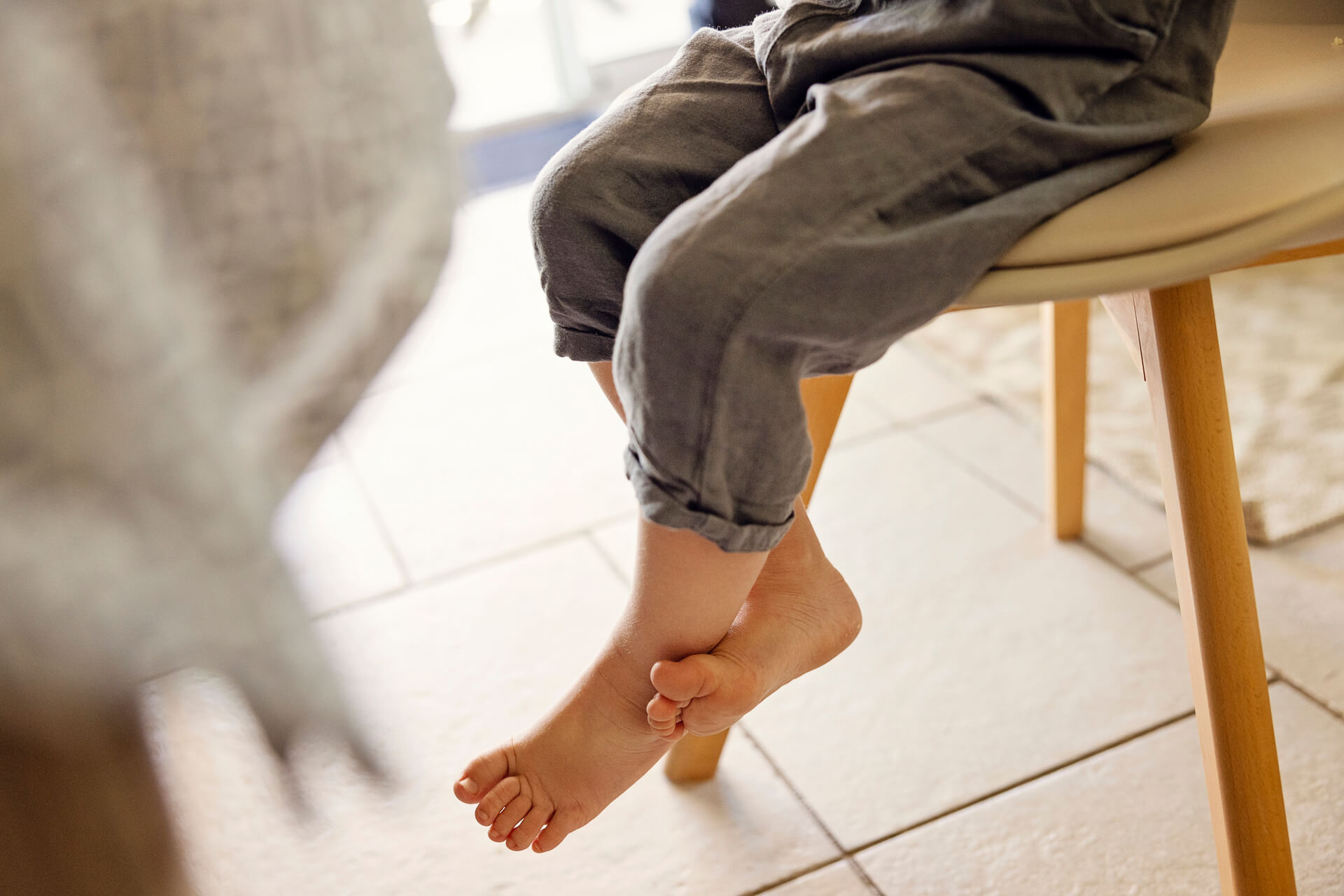Were you the child that grew slow and steady and never in spurts? You watched while other children shot up around you and wondered if you would ever catch up, but gradually day by day you got there?
You are lucky.
Let me tell you why – when your child goes through a significant growth spurt, more than just their height changes.
A large growth spurt in a short period of time has been linked in with a higher risk of musculoskeletal injuries including growth related injuries such as Osgood Schlatter disease, Severs disease, Sinding-Larsen-Johansson and even common ankle sprains.
So why is it that those that leap forwards in their growth are more at risk of these injuries?
Here are just a few reasons:
- You get taller (yes, it’s obvious but when your teenager bangs their head on the car door that they usually easily navigate when getting into the car, this might be why)
- Your bones grow longer, but what about our muscles? Our long bones have growth plates at each end of the shaft and this is where we build new bone, gradually lengthening our skeleton from birth to adulthood. Sometimes this process happens very quickly during a growth spurt. The bones get longer but our muscles do not. Therefore our muscles are tighter and less flexible, reducing the amount of movement we have at our joints. This can cause muscles to pull on growth plates and cause apophyseal injuries such as Osgood Schlatter and Severs disease.
- Muscle length-tension relationship changes. Because muscles are being pulled into a lengthened position by bones, the normal resting ‘tension’ our muscles sit at is increased. This makes it more difficult for muscles to contract with the same amount of force required before the growth spurt. This affects muscle strength, efficiency and power with day to day activities and also when participating in sporting activities. Muscles can fatigue more quickly and sprinting and jumping may be less powerful than before a growth spurt.
- Proprioception is affected. This is an interesting one – proprioception is our body’s ability to know where our joint is in space without us having to actually look at it. It is our ability to plan how far we need to stretch our arm and open our hand to catch a ball, or how to place our foot when walking over uneven ground. Imagine then, if suddenly the body part you were used to moving was bigger, heavier and longer? The brain now has to relearn where each joint is in space and this takes a little while. In the meantime co-ordination, balance and accuracy of movement are affected. This is why, after a growth spurt, children or adolescents may be ‘unco’ or sprain their ankle doing something they have done 100 times before!
A great way to keep track of your child’s growth is to keep a height chart, measuring once each month to track spurts in growth over time.
If your child has undergone a growth spurt recently, reassure them that things will go back to normal soon with some simple stretching, strengthening and proprioceptive exercises.
If your child does have any concerns or pain following a growth spurt, contact your physiotherapist to discuss ways to help your child master their taller body and prevent growth related injury!
Still unsure if you need our help?
- Does your child have night pain?
- Do they have isolated pain around their groin, knee or ankle?
- Do they complain regularly about morning stiffness?
- Are they withdrawing from sport at school?
- Do they limp?
- Do they complain about pain after physical activity for more than one week?
If the answer is yes to any of these questions then I would advise you to make time to see a physiotherapist who has extra training in the assessment and management of adolescents.
In my experience working with adolescents, some simple advice can go a long way and prevent issues later in their development.
Managing early signs of growth-related injury can significantly impact on a child’s ability to continue to participate in the activities that they enjoy most.
To talk to our physiotherapist at Lifecare Essendon Physiotherapy about your child’s growing pains call us on 9770 2343.

